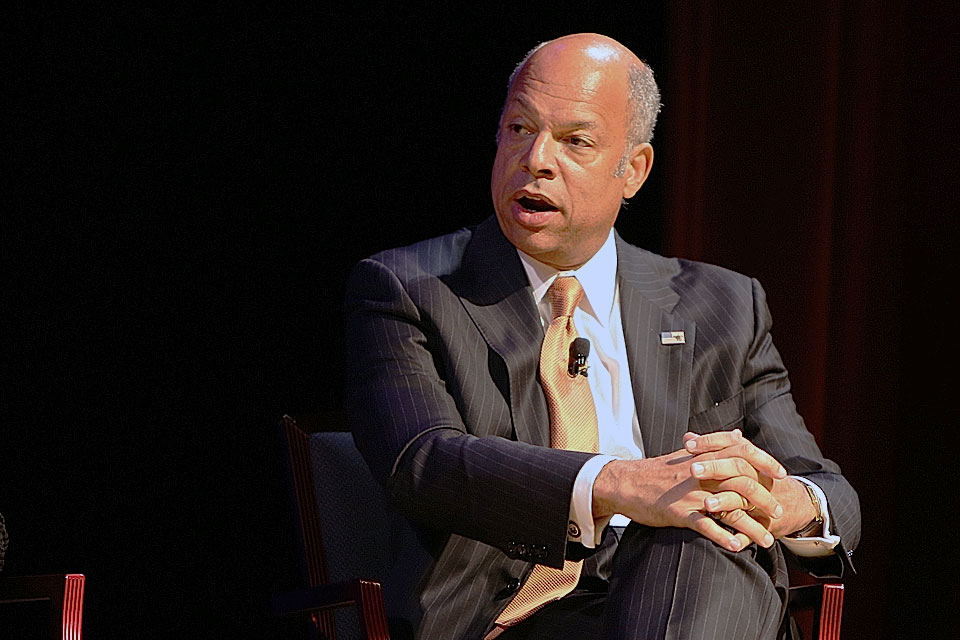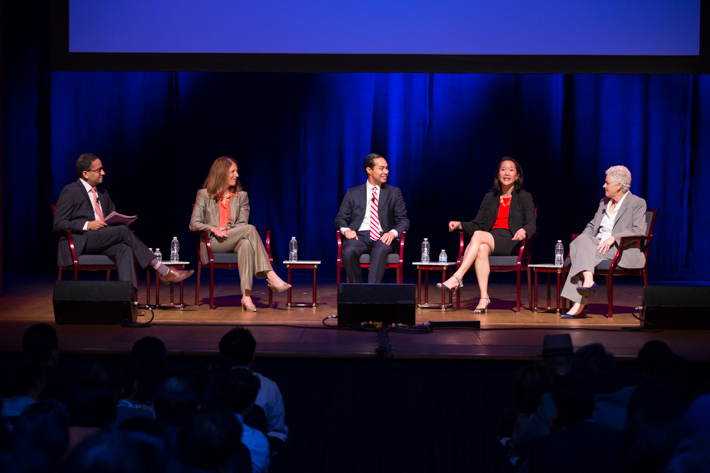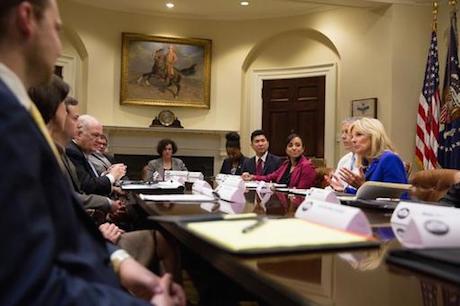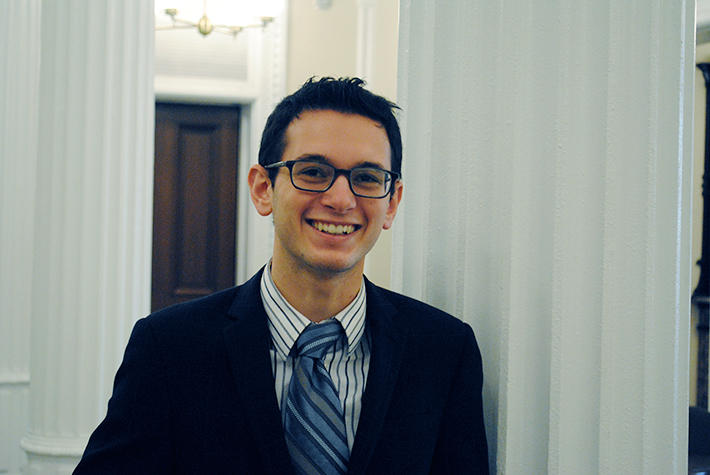By Julyssa Lopez and James Irwin
The Asian American and Pacific Islander community has a voice—and it is one that demanded to be heard Tuesday as approximately 2,000 government representatives, artists and community and business leaders filled the George Washington University’s Lisner Auditorium throughout the day for the first-ever White House Summit on Asian Americans and Pacific Islanders (AAPIs).
The summit is part of the White House Initiative on Asian Americans and Pacific Islanders (WHIAAPI) reestablished by President Barack Obama in 2009. Its goal is to improve the quality of life and opportunities for Asian Americans and Pacific Islanders—the fastest growing racial group in the United States.
During opening remarks, U.S. Rep. and Chair of the Congressional Asian Pacific American Caucus Judy Chu (D-Calif.) remembered when the initiative amounted to a small group of people talking around a conference room table. But on Tuesday, the summit attracted thousands of individuals from 30 states cheering at Lisner Auditorium and streaming the event to their homes and offices.
“Today, you have AAPIs here from across the nation. Let’s work together to carry on the momentum of today’s historic summit. Let’s make sure that together as a united voice, we make a difference in improving the lives of AAPIs for generations to come,” she said.
The summit also energized its contingent of younger AAPIs with a program that included jokes from the affable master of ceremonies Parag Mehta, chief of staff in the office of the Surgeon General (he came onstage doing a Bollywood routine); a Japanese taiko drumming performance; and hip hop-inspired choreography from the San Diego-based dance crew the Jabbawockeez. Surgeon General Vivek H. Murthy, “House of Cards” actor Sakina Jaffreey and “Glee” actors Harry Shum Jr. and Jenna Ushkowitz were among the more than 60 presenters at the summit. Tweets and selfies were encouraged.
 Surgeon General Vivek H. Murthy, Deputy Secretary of Labor Chris Lu and Secretary of Education Arne Duncan meet on stage Tuesday. (Rob Stewart/GW Today)
Surgeon General Vivek H. Murthy, Deputy Secretary of Labor Chris Lu and Secretary of Education Arne Duncan meet on stage Tuesday. (Rob Stewart/GW Today)
Entertainment abounded throughout the day, but the core of the summit remained focused on serious issues affecting the AAPI community. One recurring theme was how AAPIs could play a larger role at the policymaking level. A panel featuring several cabinet secretaries analyzed the progress that has been made for AAPIs across the government throughout the last six years.
The discussion included perspectives from Sylvia Burwell, secretary of health and human services; Julian Castro, secretary of housing and urban development; Environmental Protection Agency Administrator Gina McCarthy; and Jenny Yang, chair of the U.S. Equal Employment Opportunity Commission.
Ms. Burwell explained that she wants her department to make sure AAPI communities not only have access to health care but also have knowledge of how their coverage works.
Mr. Castro said the Federal Housing Administration has insured loans to more than 1.2 million AAPIs.
And Ms. Yang said she has been working to protect vulnerable workers in AAPI communities by launching outreach programs all over the United States. She added that the U.S. Equal Employment Opportunity Commission also has published pamphlets and informational materials in several Asian languages.
“People don’t always know what agency to go to when they’re having a problem, so we want to make sure we’re sending them to the right place,” she said.
The group also underscored the importance of getting young AAPIs into public service jobs that can help their communities.
“It won’t make you rich, but you’ll have a rich life doing it,” Ms. McCarthy said.
 Homeland Security Secretary Jeh Johnson participated in an afternoon panel that also featured cabinet secretaries Arne Duncan, Sally Jewell and Tom Perez. (Rob Stewart/GW Today)
Homeland Security Secretary Jeh Johnson participated in an afternoon panel that also featured cabinet secretaries Arne Duncan, Sally Jewell and Tom Perez. (Rob Stewart/GW Today)
The afternoon session touched on key issues facing minority populations generally and AAPIs specifically. The session featured a panel with Arne Duncan, secretary of education; Sally Jewell, secretary of the interior; Jeh Johnson, secretary of homeland security; Tom Perez, secretary of labor; and Maria Contreras-Sweet, administrator of the U.S. Small Business Association.
Departments at the federal level, Mr. Perez said, must work together to create solutions.
“Communities don’t have a Department of Education problem or a Department of Labor problem or a Department of the Interior problem,” Mr. Perez said. “They have opportunity gaps. The AAPI community has the second-highest rate of long-term unemployment. Until we started disaggregating data, we didn’t know that. As a result of knowing that, we can work with each other and with community-based organizations.”
Closing the gap between underrepresented minority groups, Ms. Jewell said, takes many forms. The National Park Service has made efforts to preserve AAPI history, including recently dedicating the Honouliuli National Monument in Hawaii, site of a World War II internment camp.
“That camp was lost to the jungle from 1945 to 2002,” Ms. Jewell said. “How can we lose a whole camp for that long? The short answer: shame. That story, many people who went through it, wanted to move on. It is very important to tell that story because our history teaches us lessons to avoid in the future.”
These are important lessons to heed, Mr. Duncan said, because America is becoming more diverse every day.
“As a nation, our public schools sort of crossed the Rubicon this year,” he said. “For the first time ever, our public schools are majority minority. And we’re never going back. How do we as a nation embrace this extraordinary diversity rather than see it as a threat? Can we find ways to be much more inclusive, much more supportive? If we do that, our country is stronger. If not, it presents some very real challenges.”





